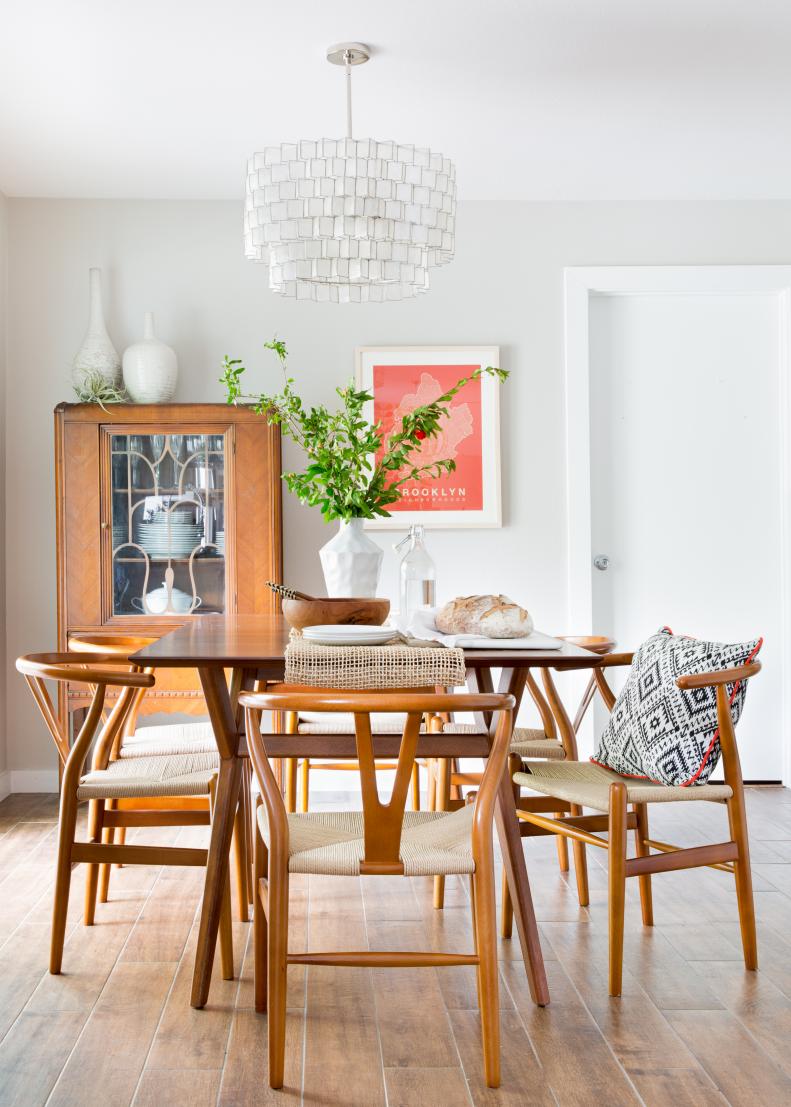1 / 16
Photo: Molly Culver Photography.
From:
Becca Stephens Interiors.
Eternally in Style
Why have these decades-old designs endured? “The materials are so high quality; there’s a lot of solid teak and rosewood,” says Wava Carpenter, director of content at Pamono, an online seller of high-end furniture and design objects. “The shapes are so sculptural, like works of art. They are really made to last, which is a nice contrast to the throw-away culture most of us see today.”












